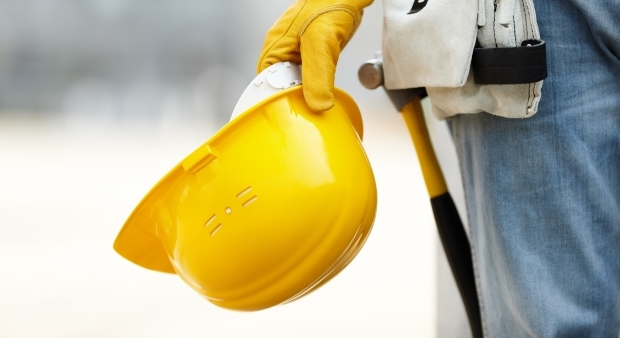On May 1st, the federal Occupational Safety and Health Administration (“OSHA”) issued a final rule for construction workers in confined spaces. The final rule takes effect August 3, 2015 and will provide construction workers with protections similar to the ones that have protected workers in manufacturing and general industry for years.
Confined spaces in the construction industry (e.g., manholes, crawl spaces, tanks, etc.) are life-threatening to workers because they are difficult to exit in an emergency and include unique hazards related to toxic substances, electrocutions, explosions and asphyxiation. A tragic example of this occurred last year when two workers asphyxiated while working in a manhole in Idaho, the second while attempting to save the first.
To address the multi-party, fast paced, and evolving nature of construction worksites, the rule emphasizes training, continuous worksite evaluation, and communication requirements. As for the changes that the rule brings, OSHA has listed key differences between the existing construction rule and the new one. These include requirements for:
- Coordination of activities when multiple employers are on a worksite;
- Evaluation of work sites and identification of confined spaces;
- Continuous atmospheric monitoring
- Continuous engulfment hazard monitoring (For example, monitoring storms upstream of workers in a storm sewer can protect them from flash flooding)
Similarly, OSHA has listed provisions that clarify existing requirements in the General Industry Standard. These include requirements that employers arrange for advance notice from emergency responders when they will be unable to respond for a period of time and that employers provide safety training in a language and vocabulary the worker understands.
The final rule affects a wide variety of employers in the construction industry, including those doing work involving buildings, highways, bridges, tunnels, utility lines, and other projects. General contractors, specialty-trade construction contractors, and employers engaged in some types of residential construction work are especially likely to be affected by the final rule. Employers and workers can find more information on OSHA’s website, in the text of the final rule, or on OSHA’s FAQ page. Further, if you have questions about what laws might impact your company and employees, seek legal counsel to ensure you comply with any applicable state and federal regulations. An attorney with construction and OSHA experience can help you navigate these state and federal regulations.
About the Author: Carl J. Burchette is an attorney with The Van Winkle Law Firm and focuses his law practice on civil and commercial litigation, with a special interest in construction law.



